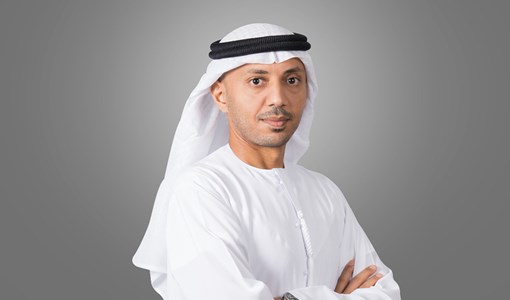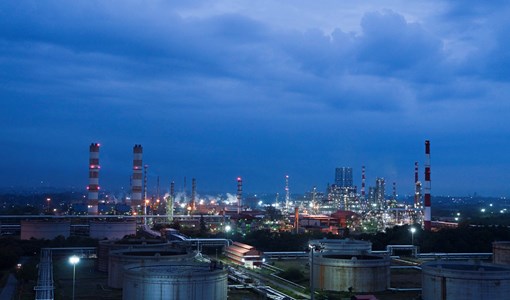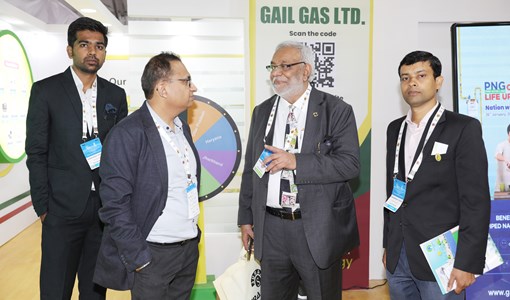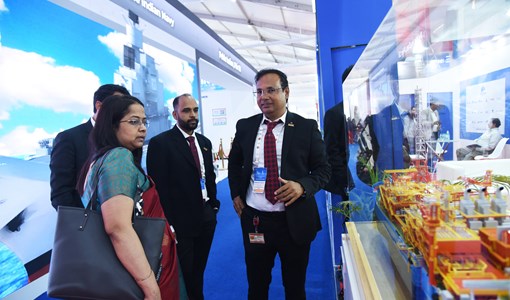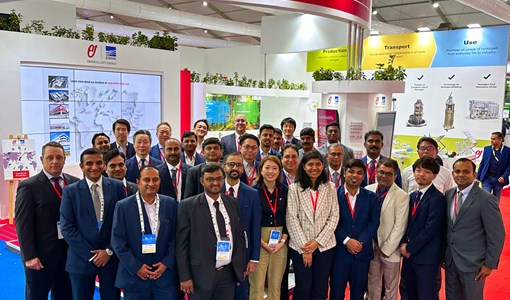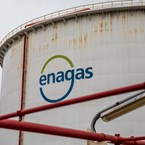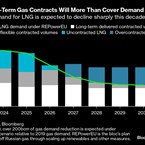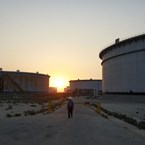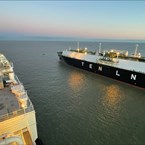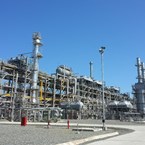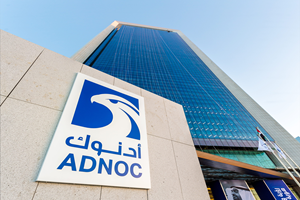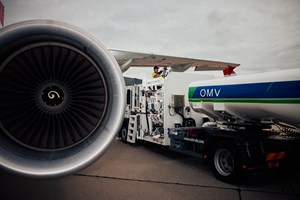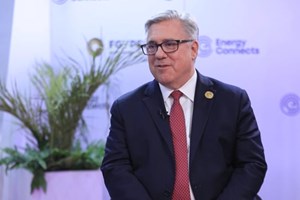Increased share set for gas across global energy mix to meet demand
Rod Christie, President & CEO, Turbomachinery & Process Solutions, Baker Hughes, talks about innovation and collaboration within the industry
How are global energy systems evolving and what part do gas and LNG play in the overall mix? Global markets are evolving towards a more diversified “energy mix” to decrease climate impacts, while meeting growing energy demand of expanding populations and developing countries. IEA predicts energy demand will grow by more than 25 per cent by 2040, which will require more than US$2 trillion a year of investment in new supply. Meeting this expected growth affordably and sustainably will require all sources of energy supply.
Though there will be growth in renewables, biofuels and other alternative energies, oil and gas will remain a significant part of the energy mix for the foreseeable future, with gas increasing its share in the global primary energy demand mix as a more attractive and flexible solution to meet the need for large quantities of reliable energy and reduce emissions. The availability, flexibility and cost of natural gas and LNG therefore will remain fundamentally important factors in the future and will require more innovation and collaboration.
What new sources and markets will become important parts of the gas sector in the near future?
On the supply side, U.S. (shale) will continue to be the largest gas producer while on the demand side the growth will be mainly driven by China (coal to gas) and Southeast Asia, leading to a global gas trade expansion at an annual average rate of 2.3 per cent (source: IEA), much faster than the pace of gas demand growth (1.6 per cent per year). Today 40 per cent of the gas is traded via LNG and the expectation is that this share is going to increase to 60 per cent.
However, the need for technology and business innovation remains critical to the health of the industry, which will increasingly have to find new ways to improve competitiveness and the flexibility of gas sales in response to the rise of renewables in the power sector and the need to service smaller growth markets, such as marine bunkers.
Is the industry agile enough to cope with the global energy evolution?
Innovation requires both agility and speed. As a technology leader across the gas value chain, Baker Hughes is developing new ways for customers to adapt and apply new turbomachinery technologies at a faster rate. This includes LNG infrastructure advancements to deliver increased project efficiency and productivity to reduce project risks, costs and carbon emissions. Being agile also means leverage digital technologies and AI to drive efficiency and optimisation. Finally, diverse people skillset will be crucial for our industry.
How important is working together, whether companies, governments or regulators, to ensure stability and profitability?
Collaboration with policymakers and throughout the industry is crucial to meet today’s growing energy markets. As a global company with operations in more than 120 countries, we depend on collaboration with others to move products, people, capital and ideas around the world. Governments can play a critical role by fostering a political and regulatory environment that encourages growth and market demand by providing a stable investment environment, encouraging technology advancements, supporting new and innovative projects, and opening new markets to the global gas trade. Also, collaboration across our industry has become a priority and a new way of doing business. Operators, EPCs and technology and service providers working together helps increase productivity, optimise operations and reduce total cost of ownership. Together we are able to unlock new value through long-term, mutually beneficial relationships.
What low carbon solutions is the company developing to meet customer needs?
Baker Hughes is committed to bringing energy forward, supporting the industry in the global energy transition. As an equipment and solutions provider, we use our technology to help customers reduce their environmental footprint by making their operations more efficient and productive, while decreasing emissions through flaring, venting, and fuel combustion, and bringing technologies to market that improve their ability to detect and reduce unintended fugitive emissions.
Our turbomachinery portfolio of low-carbon solutions includes our newest LM9000 gas turbine (40 per cent lower NOX emissions, 20 per cent lower total cost of ownership, 20 per cent more power) and gas turbine forefrac solutions that can reduce emissions by 24 per cent, or 17,000 metric tons of CO2 equivalent per year.
KEEPING THE ENERGY INDUSTRY CONNECTED
Subscribe to our newsletter and get the best of Energy Connects directly to your inbox each week.
By subscribing, you agree to the processing of your personal data by dmg events as described in the Privacy Policy.

Energy Workforce helps bridge the gender gap in the industry
Mar 08, 2024
EGYPES Climatech champion on a mission to combat climate change
Mar 04, 2024
Fertiglobe’s sustainability journey
Feb 29, 2024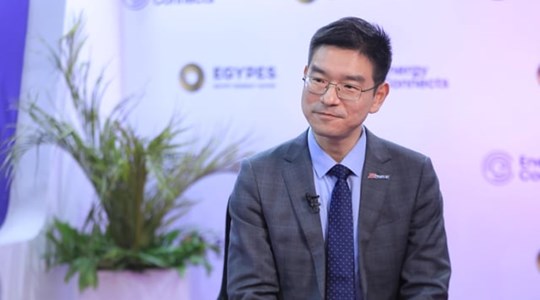
Neway sees strong growth in Africa
Feb 27, 2024
P&O Maritime Logistics pushing for greater decarbonisation
Feb 27, 2024
India’s energy sector presents lucrative opportunities for global companies
Jan 31, 2024
Oil India charts the course to ambitious energy growth
Jan 25, 2024
Maritime sector is stepping up to the challenges of decarbonisation
Jan 08, 2024
COP28: turning transition challenges into clean energy opportunities
Dec 08, 2023
Why 2030 is a pivotal year in the race to net zero
Oct 26, 2023Partner content

Ebara Elliott Energy offers a range of products for a sustainable energy economy

Essar outlines how its CBM contribution is bolstering for India’s energy landscape

Positioning petrochemicals market in the emerging circular economy

Navigating markets and creating significant regional opportunities with Spectrum




